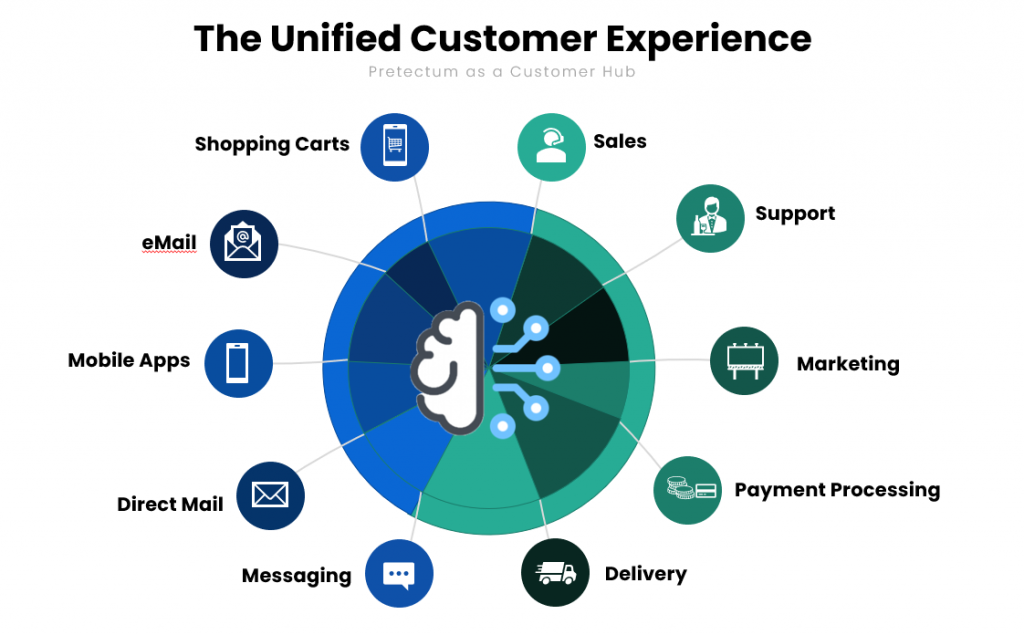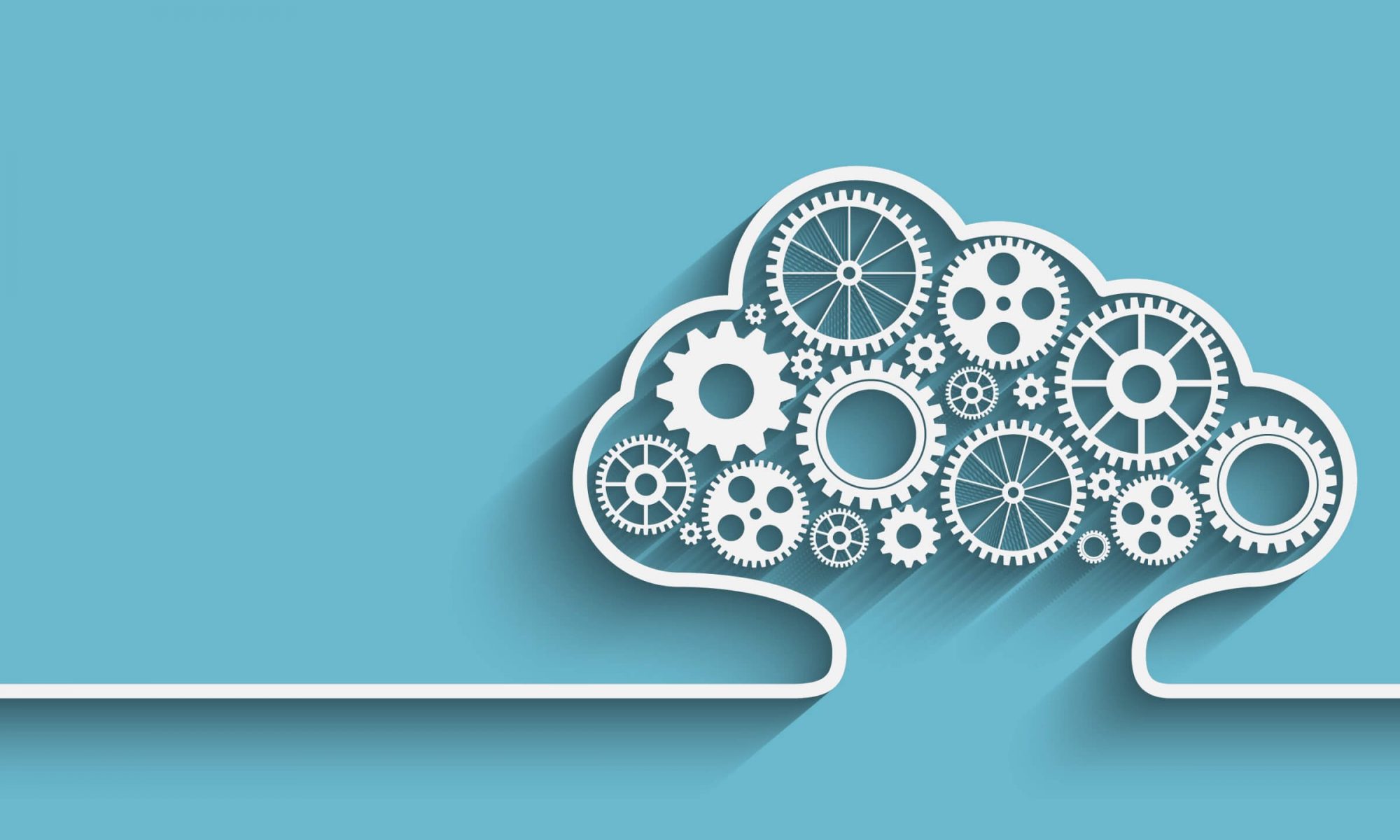Managing customer data across multiple countries presents unique challenges including:
Regulatory compliance with different privacy laws, problems with Data standardization across regions with different formats and requirements and concepts like the Single source of truth and its associative maintenance all the while respecting local data sovereignty laws and restrictions that they might impose in terms of Cross-border data transfer regulations.
Pretectum’s Customer Master Data Management (CMDM) solution addresses these challenges by providing you with the ability to create centralized customer profiles while maintaining compliance with regional regulations.
Data governance frameworks need you to be able to adapt to different jurisdictional requirements and cloud-based accessible solutions allow secure access from anywhere globally. Pretectum’s approach to standardized data schemas also respects whatever local requirements you might have, while maintaining global consistency
MDaaS for Global Enterprises: Managing Customer Data Across Borders with Pretectum CMDM
In today’s globalized economy, enterprises face an increasingly complex challenge: managing customer data across borders while adhering to stringent data localization and sovereignty regulations. The rise of data protection laws such as the GDPR, CCPA, and emerging regional frameworks means that businesses must balance compliance with operational efficiency. Traditional approaches to customer master data management (MDM) often fall short, constrained by rigid architectures that struggle to adapt to diverse regulatory environments and evolving business needs.
Enter Pretectum CMDM—a modern, SaaS-based Customer Master Data Management platform designed for the cloud era. Unlike legacy MDM solutions, Pretectum is hyper-enabled for connectivity, seamlessly integrating with a multitude of source systems while offering the flexibility to extend to an infinite number of other cloud-based applications. More importantly, it supports a federated hub-and-spoke deployment model, allowing multinational enterprises to maintain a centralized customer data strategy while empowering regional business units with localized control.

Flexible Deployment Models for a Globalized World
Every organization operates at a different stage of data maturity. Some may require a fully centralized approach, while others—particularly those in highly regulated industries—must adopt a hybrid or fully decentralized model to comply with data sovereignty laws. Pretectum CMDM acknowledges this reality by offering multiple deployment options:
- A single-tenant SaaS model for enterprises needing dedicated infrastructure with strict isolation.
- A multi-tenant, serverless architecture that scales dynamically, making it cost-effective for both small and large organizations.
- A federated model where a central hub governs data standards while regional spokes manage local compliance and business-specific adaptations.
This flexibility ensures that whether an enterprise operates in the EU, APAC, or North America, it can enforce data residency requirements without sacrificing the benefits of a unified customer master. For instance, a financial services firm in Germany can maintain customer data within EU borders while still syncing anonymized or aggregated insights to a global analytics hub.
Ensuring Stakeholder Buy-In and User Adoption
Technology alone doesn’t solve data governance challenges—people and processes do. A common pitfall in MDM initiatives is resistance from business units accustomed to siloed data practices. Pretectum CMDM can mitigate for this by its emphasis of ease of use, transparency, and tangible business value.
Stakeholders are more likely to adopt a platform that aligns with their immediate needs rather than one that imposes rigid, top-down mandates. Pretectum’s intuitive interface allows regional teams to manage their customer data while adhering to corporate governance policies. By demonstrating how clean, centralized customer data improves marketing personalization, reduces compliance risks, and enhances operational efficiency, enterprises can foster cross-functional collaboration rather than resistance.
Additionally, Pretectum’s real-time data validation and enrichment capabilities ensure that users trust the data they work with, eliminating the frustration of outdated or inconsistent records. When teams see immediate improvements in data quality—and, by extension, customer experience—adoption becomes organic rather than simply enforced.

Consent Management and Zero-Party Data Strategies
In an era where consumers demand greater control over their data, enterprises must go beyond compliance and embrace ethical data stewardship. Privacy regulations require explicit consent for data collection and usage, but forward-thinking businesses are taking it further by leveraging zero-party data—information customers willingly share in exchange for personalized experiences.
Pretectum CMDM supports granular consent management, allowing enterprises to track and enforce customer preferences across jurisdictions. Whether a customer opts out of marketing in France but agrees to analytics processing in Singapore, the system ensures these preferences are respected enterprise-wide. This not only mitigates compliance risks but also builds trust—a competitive differentiator in today’s privacy-conscious market.
Integrating zero-party data (e.g., customer-provided preferences, survey responses) with first-party data (transactional and behavioral insights), Pretectum enables hyper-personalized engagement without overstepping legal or ethical boundaries.

Why Pretectum Stands Out: A Modern, Scalable Approach
Many MDM solutions were built for an on-premise world, some of them decades ago, they are struggling to adapt to the cloud’s scalability and agility demands. Pretectum CMDM, by contrast, was born in the cloud, leveraging a AWS serverless, multi-tenant architecture that eliminates infrastructure management overhead while ensuring elastic scalability. Whether an organization has 1000 customer records or millions, the platform adjusts seamlessly, making it viable for startups and Fortune 500 companies alike.
Its API-first design ensures effortless integration with CDPs, DMPs, CRM, ERP, marketing automation, and analytics tools, breaking down data silos without costly custom development and supporting composability. And because it’s SaaS-based, updates and security patches are handled automatically, reducing IT burden and ensuring continuous compliance with evolving regulations.

Future-Proof Your Customer Data Strategy
Modern organizations can no longer afford fragmented, compliance-heavy approaches to customer and member data management. The future belongs to platforms that combine flexibility, scalability, and ethical governance—exactly what Pretectum CMDM delivers.
If your organization struggles with cross-border data compliance, siloed customer views, or low user adoption of MDM, it’s time to explore a modern alternative. Pretectum’s federated hub-and-spoke model ensures that you meet localization requirements without sacrificing a unified customer strategy. Its consent management capabilities future-proof your business against tightening regulations while enabling deeper customer trust and engagement.
The question isn’t whether you need a robust customer MDM solution—it’s whether you can afford to wait. Discover how Pretectum CMDM can transform your global data strategy.
Would you like to learn more about how our platform specifically handles cross-border data management? Contact us today
We also have a comprehensive overview video that might interest you


